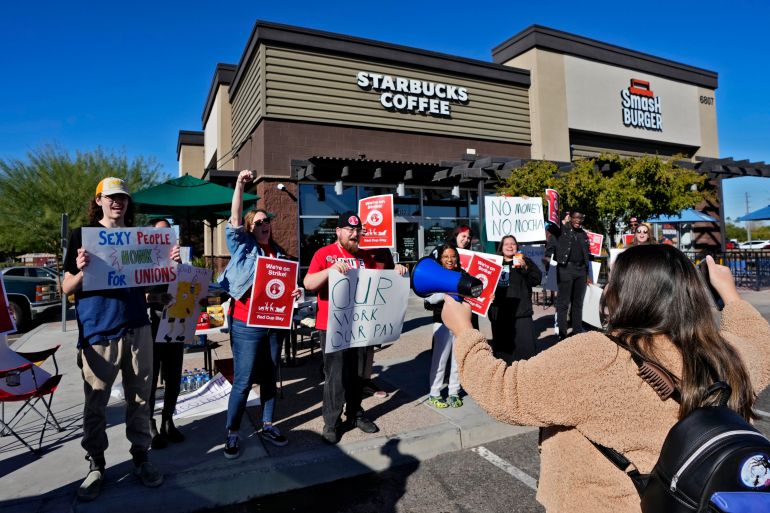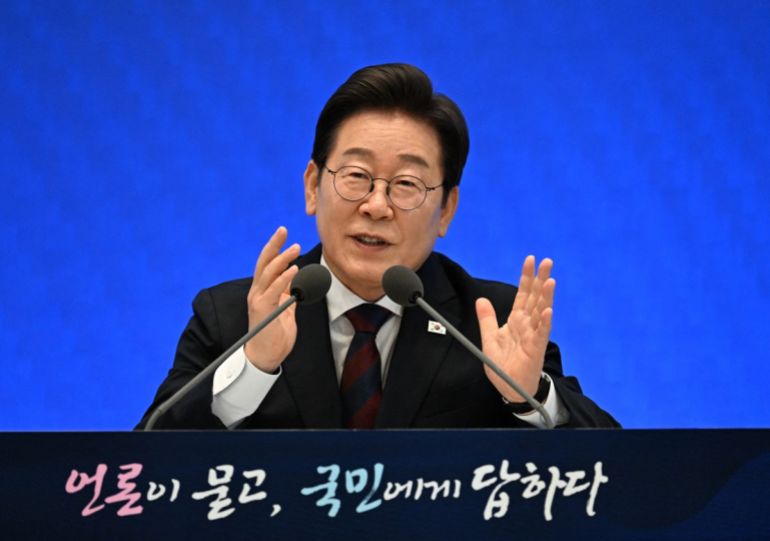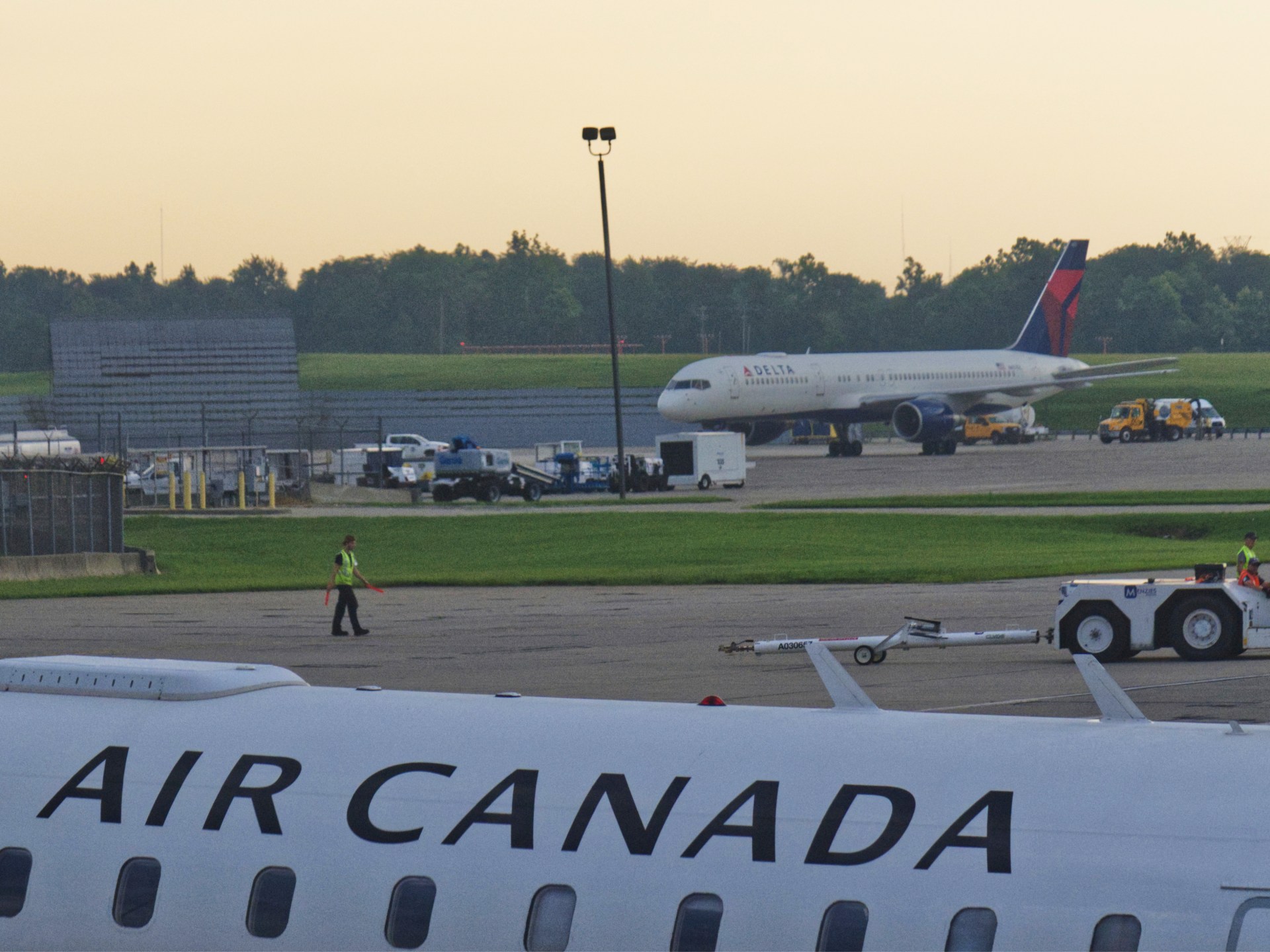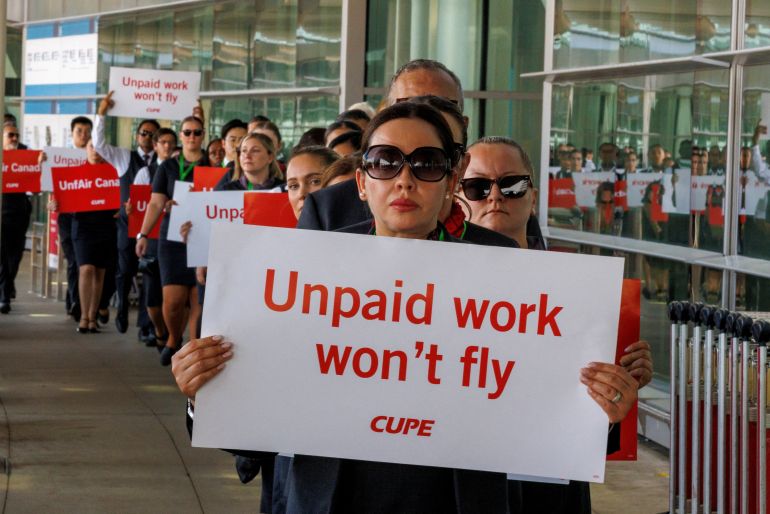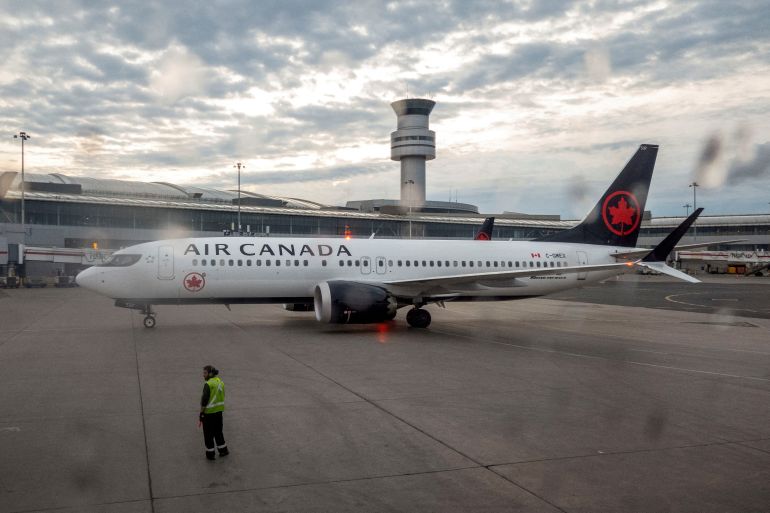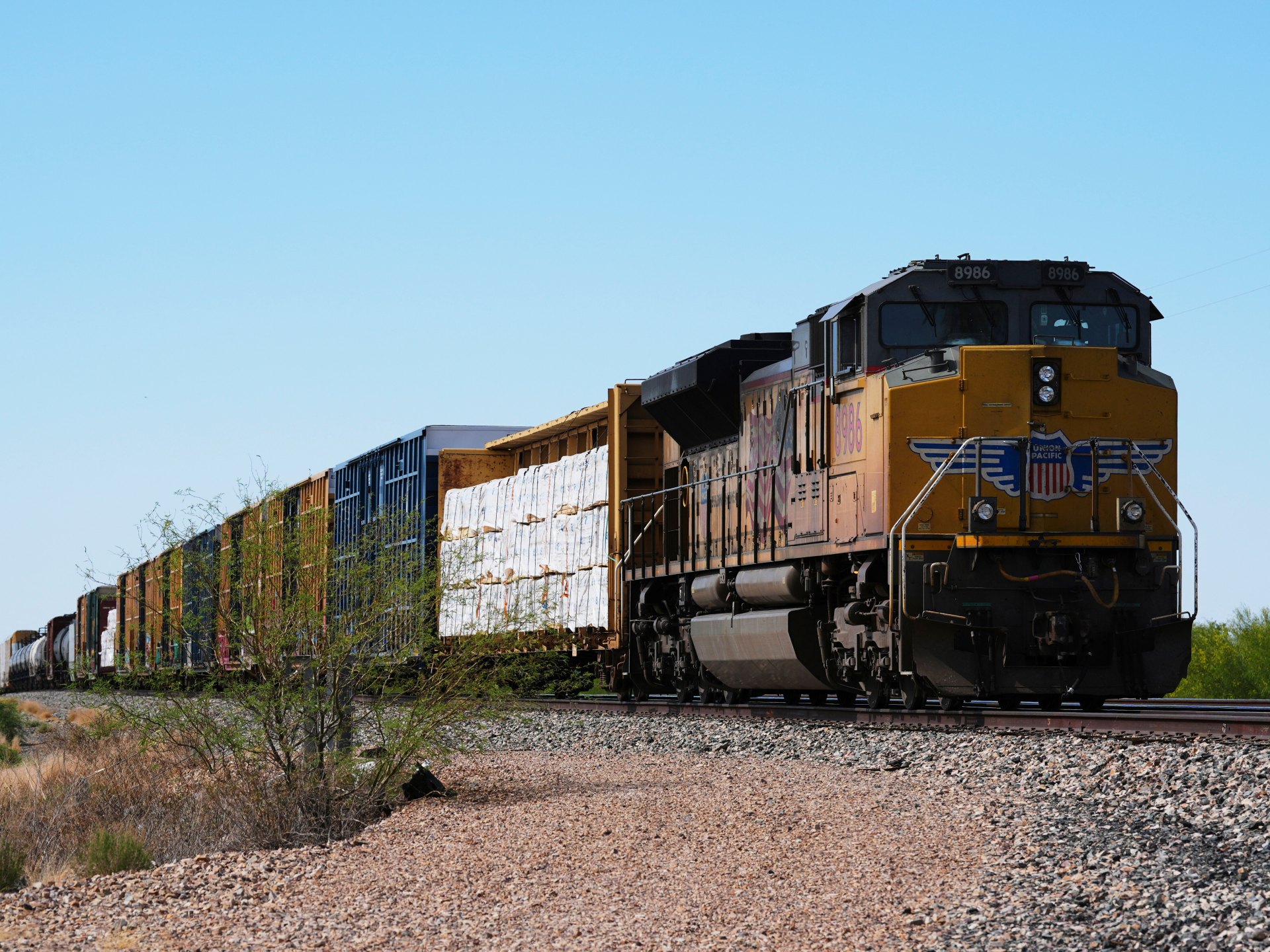How tensions with Bangladesh are roiling India’s sari business | Business and Economy
Varanasi, India – Mohammed Ahmad Ansari has spent his entire life in the narrow and congested lanes of Varanasi, a city often described as the spiritual capital of India, and the constituency of Indian Prime Minister Narendra Modi.
The 55-year-old has spent decades weaving Banarasi saris and thoroughly enjoys the clacking noises of handlooms at work against the backdrop of temple bells and evening calls of azan in the holy city that is widely believed to be the oldest settlement in India, dating back as early as 1800 BCE and known for the blend of Hindu-Muslim culture.
Recommended Stories
list of 4 itemsend of list
But of late, sales have taken a hit for a range of reasons, the latest being ongoing tensions between India and its neighbour, Bangladesh.
Diplomatic relations between the once-close allies have been sharply tested since August last year, when former Prime Minister Sheikh Hasina fled to New Delhi from Dhaka after an uprising against her rule.
Bangladesh blames India for some of its troubles, including Modi’s support for Hasina when she was in power.
There have been a few attacks on religious minorities, including Hindus, since her overthrow, as those communities were viewed as Hasina supporters, and Indian businesses, too, have been boycotted or attacked in Bangladesh as the country demands that New Delhi hand over Hasina to face charges in her home country.
In April, Bangladesh restricted the imports of certain items from India, including yarn and rice. On May 17, India retaliated by banning the imports of readymade garments and processed food items from Bangladesh across land borders. While Bangladesh can still send its saris to India, it will have to use the more expensive and time-consuming sea route.

Banarasi saris are globally known for their exquisite craftsmanship, luxurious silk, meticulous zari work of fine gold and silver wire embroidery, and it can often take up to six months to weave a single sari. These can sell for as much as 100,000 rupees ($1,130) each, or more, depending upon the design and the material used.
“These saris are in high demand in Bangladesh during festivals and weddings, but the ban has led to a more than 50 percent drop in business,” Ansari told Al Jazeera.
This is the latest blow to the industry that has already been hit with earlier government policies – including the so-called demonetisation when India overnight invalidated high-value notes and a hike in power tariffs – as well as the COVID-19 pandemic and cheaper competition from saris made on advanced power looms in other parts of the country, particularly Surat in Gujarat in western India.
This onslaught of the past few years has added up, forcing weavers out of the business and halving their numbers to about 200,000 now, as the rest either left the city in search of other jobs or took up new jobs, like driving rickshaws to earn a living.
Pawan Yadav, 61, a wholesale sari trader in Varanasi, told Al Jazeera that the business has come to a standstill since the change of regime in Dhaka.
“We used to supply around 10,000 saris annually to Bangladesh, but everything has come to a halt,” Yadav said, adding that he is still owed 1.5 million rupees ($17,140) by clients in the neighbouring country, “but the recovery seems impossible due to the political turmoil.”

India has 108 documented ways of draping sarees that hold a special position globally for their intricate designs, vibrant colours symbolising timeless elegance and beauty.
Despite the current turmoil, the textile sector employs the second-highest number of people after agriculture in India, with more than 3.5 million people working in it, per government data. Within that, the sari industry is valued at approximately 80,000 crore rupees ($9.01bn), including some $300m in exports.
Varanasi’s weavers and traders, who voted Modi into parliament for the third consecutive time, are waiting for the prime minister to find an amicable solution to the trade issue with Bangladesh.
In 2015, the Modi government designated August 7 as the National Handloom Day and promised to bring a change in the lives of handloom weavers by promoting domestic products. But nothing meaningful has come of that so far, traders and weavers who spoke to Al Jazeera said.
“India has a unique handloom craft which no country can compete with,” but without sufficient businesses or reliable income, many artisans have been forced to abandon the trade, and now “it is difficult to even find a young weaver”, Ramesh Menon, founder of Save the Loom, a social enterprise working for the revival of handloom, said. “The need of the hour is to re-position handloom as a product of luxury, and not poverty.”
West Bengal traders welcome ban
The situation, however, is completely different in West Bengal, around 610km (380 miles) from Varanasi and along the border with Bangladesh.
The ban on the sari trade between the two countries has offered a new lease of life to the traders of cotton saris in Bengal, who had been losing market share to Dhaka’s saris.

Tarak Nath Das, a cotton sari trader for the past four decades in Shantipur in West Bengal, supplies saris woven by local artisans to various showrooms across the country.
After years of losses, the 65-year-old finally saw business boom in the last few weeks in the lead-up to the main festival of Durga Puja, and was all smiles.
“The saris from Bangladesh had devoured at least 30 percent of our market, and the local industry was bleeding. We have slowly started to recapture our old markets as orders have started pouring in. The sale of the saris during the just concluded festival was better by at least 25 percent as compared to last year,” Das told Al Jazeera.
Shantipur is home to more than 100,000 weavers and traders and is regarded as the hub of the sari business in eastern India. The town and surrounding areas in Nadia district are famous for their handloom weaving industry, which produces a fine variety of saris, including the highly popular Shantipur cotton sari.
Nearby areas of Hooghly and Murshidabad district are also famous for their cotton saris, and these are sold both locally and across the country as well as exported to Greece, Turkiye and other countries.
Sanjay Karmakar, 40, a wholesale trader of cotton saris in Nadia district, is also happy with the ban.
“The local women prefer to buy Bangladeshi saris as they come in attractive packaging and the fabric used there is slightly superior to ours,” he said.
That, coupled with younger women choosing leggings, tunics and other modern clothes over traditional saris, had been pinching sales.
Santanu Guha Thakurta, 62, a fashion creator, told Al Jazeera that Indian weavers and traders would benefit immensely from the import restrictions on Bangladesh. That also shut down cheap knockoffs of the more expensive designs.
“The restrictions came at the right time, just before the onset of the festival season and that immensely benefited the industry.”

